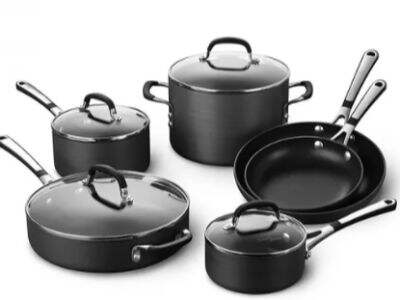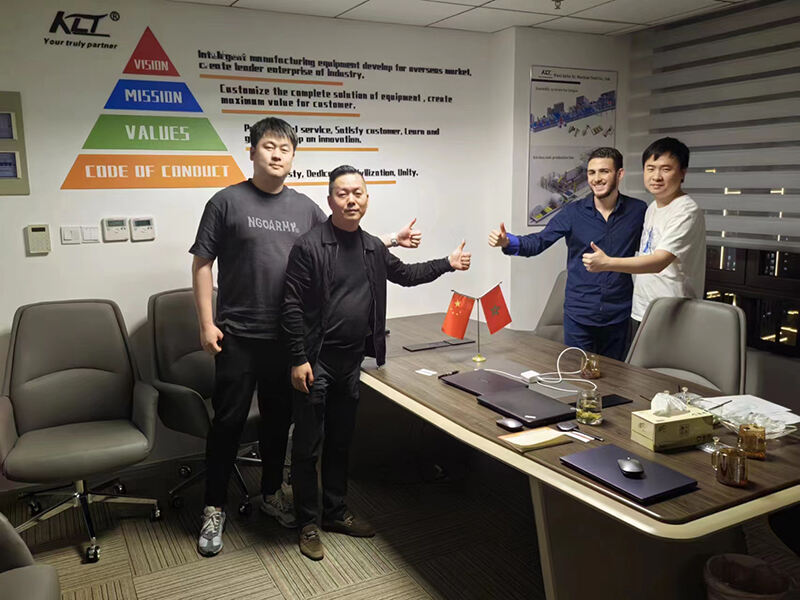In all parts of the world, what I have seen is aluminum utensils in kitchens. These include pots, pans, spoons and spatulas. These nifty whereas make cooking simpler and sizzling. Ever wondered how are aluminum utensils made? This article explains the processes involved in manufacturing aluminum utensils, the machines that assists in the manufacture of aluminum utensils and ultimately how it is made from the raw materials to your daily kitchen products.
Manufacturing Process of Aluminum Utensils
The first step in making aluminum utensils is to start with the raw materials, which are typically blocks of aluminum or scrap metal. The known materials are melted inside a furnace. Make a note: the temperature in the furnace is very high, approaching 700 degrees Celsius. That’s really hot! After the aluminum melts, workers pour it into molds. These are special molds that shape the molten aluminum into whatever utensil we need, be it a frying pan or a spoon. The molds are created from strong stuff like steel or iron that can withstand the intense warmth.
Then aluminum is poured into the mold, and takes the shape of the utensil. This process of lowering the temperature and solidifying a substance into a solid form is referred to as solidification. Depending on how thick the metal is, the aluminum can take anywhere from a few minutes to a few hours to cool down completely. Once cool and hardened, the utensil is pulled out of a mold and is ready to move on to the next step in production.
Peep This Making It a Reality
Aluminium making utensils is not an easy task. It is many kinds of machines all essentially working together as a team. The production line (where the utensils are created) consists of multiple machines that shape, smooth, and polish the utensils. Well these machines are extremely unique because typically they are designated for don specific things, and so its no surprise that these machines require delicate handling that only skilled workers can manage. The machines would not work as well without these skilled workers.
Types of Machines Used
All factories using different machines for the manufacturing of aluminum vassals. Another important machine is the hydraulic press. This machine extrudes the aluminum into the right shape under pressure. The spinning lathe is another vital machine, spinning the aluminum to form the correct shape, as well as trimming away excess material which isn’t needed. There are polishing and finishing machines such as buffing and sanding machines. Those machines are specifically used for giving smooth & shinny surface finish to utensiels so, they looks nice and easy to work with.
The Role of Precision Tools
Aluminum utensils manufacturing requires precision tools and these are the very important in quality production of aluminum utensils. These help rake the specific shapes and sizes for each utensil. Precision cutters and drills are also used to accurately cut and shape the metal. Also, calipers and micrometers are used measurement tools to ensure each utensil is made to specification. So, here, all the spoons, forks or pans are made in a proper way so they can be utilized in the progress of the cooking process.
Tech and Sustainablity Improvements
With technology growing in terms of advancement, the manufacturing process of the aluminum utensils is also changing. New machines and methods were invented to speed up and cut down production waste. Some companies, for instance, are using high-tech sensors and computerized systems to track the production process. These systems can adjust in real time, which contributes to energy savings as well as final product quality.
It is also as much important to be Eco friendly in the production of aluminum utensils. One such metal that companies are now using to cut down on the waste produced during manufacturing is recycles aluminum. Recycling saves materials and is more environmentally friendly. And companies are also finding new ways to produce these products that will require less energy and produce less harmful emissions, which is also good for our environment.




